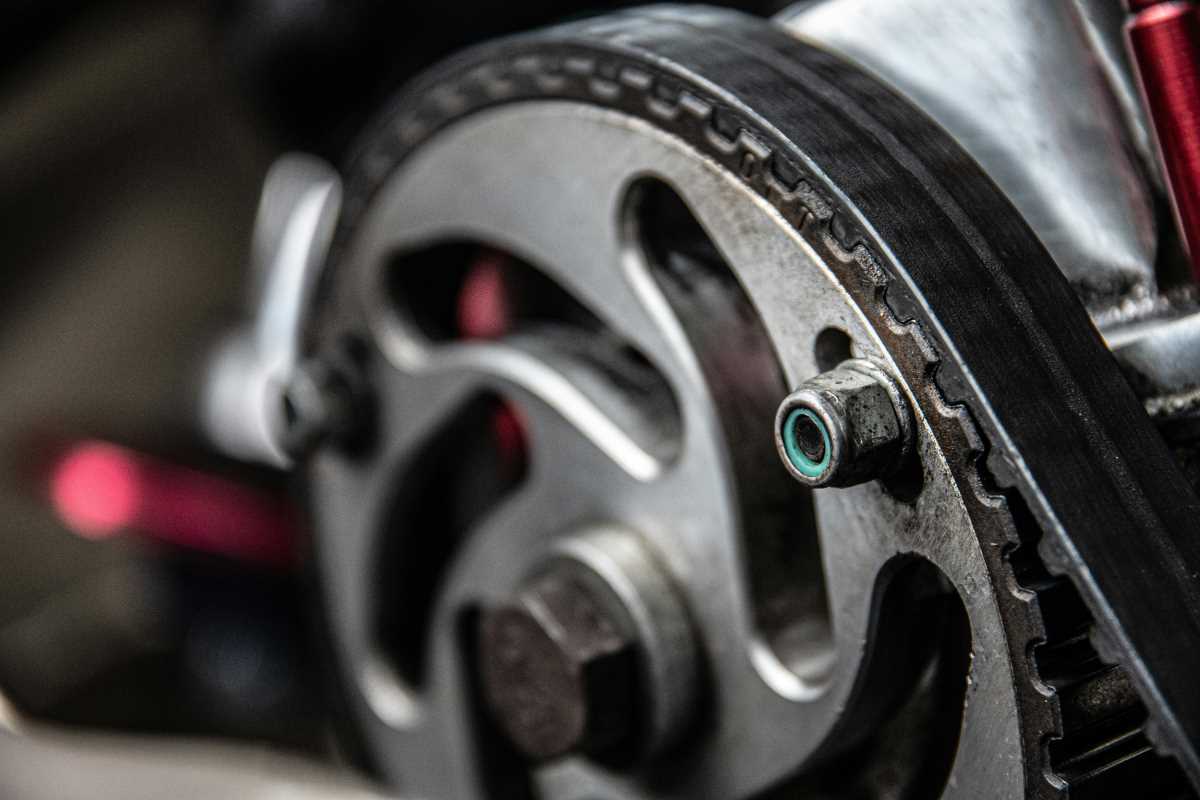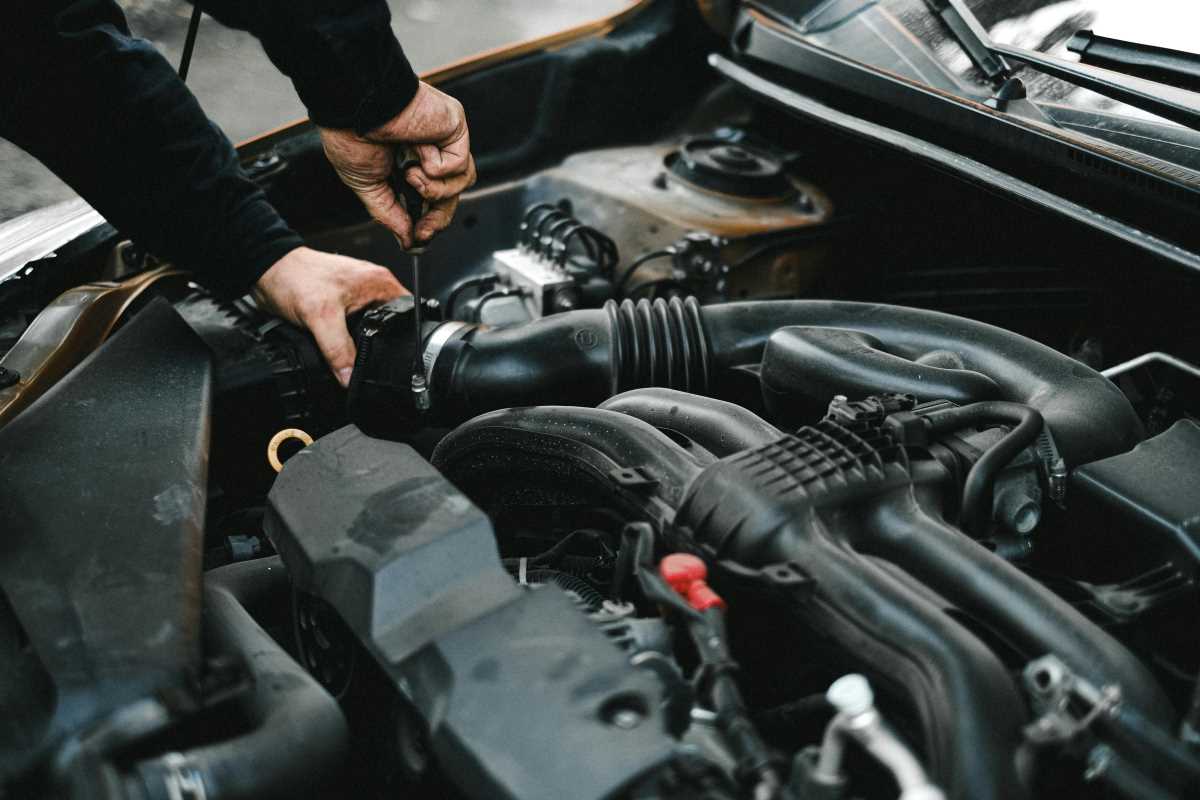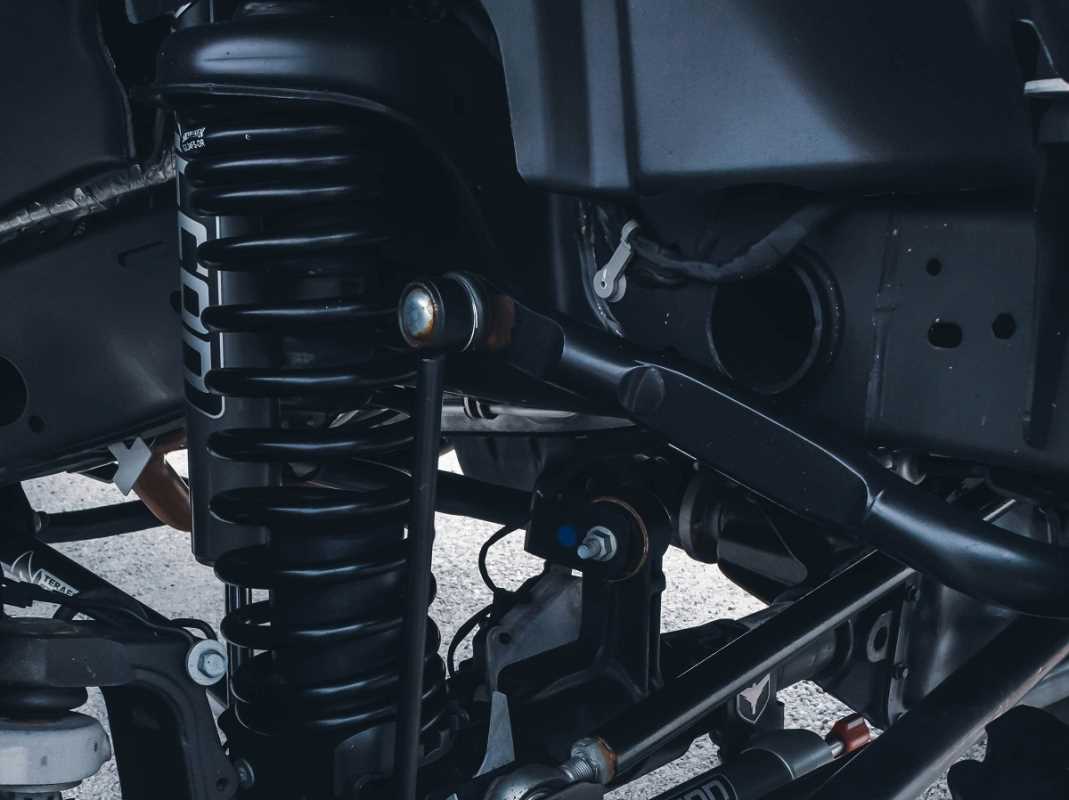When was the last time you thought about your timing belt? It’s an easy part to overlook, but skipping its maintenance can lead to expensive repairs—or even engine failure. So, why is the timing belt so important? When should you replace it? How can you spot potential issues? This FAQ guide has the answers. Let’s dive in and explore what you need to know to keep your car running smoothly.
What is a Timing Belt?
The timing belt, sometimes called a cambelt, is a rubber belt with teeth that synchronizes the rotation of the crankshaft and the camshaft. It ensures the engine’s valves open and close at precisely the right time for combustion to occur.
- Where it’s located: The timing belt is housed inside the engine, hidden under a cover. It’s not immediately visible like a serpentine belt.
- Components it interacts with: It works closely with engine components like valves, pistons, and the water pump in some cars.
Without a functioning timing belt, your engine can’t run properly.
What Are the Signs Your Timing Belt is Failing?
Spotting early warning signs can prevent catastrophic engine damage. Here’s what to look out for:
- Ticking or clicking noise from the engine:
- A worn timing belt can create unusual sounds as it struggles to keep the engine’s components in sync. This ticking is distinct from the regular purr of the engine.
- Engine misfires or runs rough:
- A failing timing belt might cause the engine’s timing to go off, leading to misfires or shuddering during acceleration.
- Visible wear and tear:
- Cracks, fraying, or missing teeth on the belt often signal it’s time for a replacement. This requires removing the timing cover for inspection.
- Engine won’t start:
- If the timing belt has already snapped, the engine may fail to turn over despite the starter functioning.
- Oil leaking near the timing belt cover:
- Failing seals around the timing belt area could allow oil to seep onto the belt, causing it to degrade faster.
Tip: Address these symptoms immediately to avoid damage to the engine.
How Often Should You Replace a Timing Belt?
Timing belt replacement intervals vary depending on the vehicle’s make, model, and engine design. Here are the general guidelines:
- Mileage-based replacement: Most cars require a new timing belt every 60,000 to 100,000 miles. Check your owner’s manual for the exact replacement schedule for your vehicle.
- Age-based replacement: If you don’t hit the mileage milestone, replace the belt every 6–10 years, as rubber deteriorates over time, even with low usage.
- Exceptions for timing chains: If your car has a timing chain instead of a belt, it’s designed to last the engine’s lifetime with proper oil maintenance. However, it can still wear out, so inspect it regularly.
Reminder: Preventive replacement is far cheaper than dealing with the aftermath of a broken belt.
What Happens If a Timing Belt Breaks?
A snapped timing belt is one of the most serious problems your car’s engine can face.
- Interference engines (common in many cars):
- If the timing belt breaks, the pistons and valves may collide, causing bent valves, damaged pistons, and even cracks in the engine block. This can result in repair costs reaching thousands of dollars.
- Non-interference engines:
- A broken belt will halt the engine without causing internal damage. However, you’ll still need a new timing belt and possibly repairs to any affected components.
- On-the-road dangers:
- A sudden break can cause the engine to shut off while driving, leading to loss of power steering and braking assistance, which poses a safety risk.
Pro Tip: Don’t take chances with an old timing belt! Replace it before it fails to avoid these costly and dangerous scenarios.
Can You Inspect a Timing Belt Yourself?
While timing belts are typically hidden under a protective cover, you can perform a basic visual check if you’re confident:
- Locate the belt cover: Remove the cover using the appropriate tools.
- Inspect the belt: Look for cracks, fraying edges, missing teeth, or any visible signs of wear.
- Look for contamination: Check for oil or coolant leaks near the belt area, as these can weaken the belt.
Caution: If you’re unsure about accessing or inspecting the timing belt, consult a mechanic to avoid accidental damage.
What Else Should Be Replaced Along with the Timing Belt?
Replacing the timing belt often involves servicing other components to optimize performance and prevent future issues:
- Water pump:
- The water pump is frequently driven by the timing belt, so it’s efficient to replace both together. A failing water pump later would require removing the new timing belt again.
- Pulleys and tensioners:
- These components keep the timing belt tight and properly aligned. Worn tensioners or pulleys can lead to premature belt failure.
- Seals and gaskets:
- Replace any oil seals near the timing belt to prevent oil contamination.
Savings Tip: Ask your mechanic for a timing belt kit that includes all relevant parts, as it’s often more economical than buying components individually.
How Much Does Timing Belt Replacement Cost?
The cost of replacing a timing belt depends on your car’s make, model, and labor requirements:
- Typical cost range: $300 to $1,000.
- The price includes both labor and parts, with labor making up a significant portion due to the time required to access the belt.
- Why it’s worth it:
- While this may seem expensive, replacement costs are significantly lower than repairing a damaged engine after a timing belt failure.
Pro Tip: Shop around for estimates and consider certified independent mechanics for competitive pricing while ensuring quality work.
Can You Replace a Timing Belt Yourself?
Replacing a timing belt is technically possible for experienced DIYers but not recommended for beginners. Here’s why:
- Complexity:
- Accessing and replacing the belt requires special tools, accurate alignment, and knowledge of how the engine timing works.
- Risks:
- Mistiming the belt can cause severe engine damage, even during the first start of the engine.
If you’re confident with engines and have the right tools, many online guides and repair manuals can help. Otherwise, leave it to a professional mechanic for peace of mind.
What’s the Difference Between a Timing Belt and a Serpentine Belt?
These two belts serve different purposes, and it’s important not to confuse them:
- Timing belt:
- Synchronizes the rotation of the crankshaft and camshaft, ensuring proper engine timing.
- Serpentine belt:
- Powers external engine accessories like the alternator, air conditioning, and power steering pump.
Key distinction: A failing serpentine belt won’t damage your engine, but neglecting a timing belt could result in catastrophic engine failure.
When Should You Seek Professional Help?
If you notice any signs of timing belt trouble or your car is due for a replacement, don’t delay seeking professional help. Consult a trusted mechanic when:
- Your timing belt is overdue for replacement based on mileage or age.
- You notice symptoms like engine misfires, strange noises, or oil leaks.
- You’re unsure about inspecting or replacing the belt yourself.
A professional mechanic can ensure the belt and all related components are installed correctly, safeguarding your engine and extending its lifespan.
 (Image via
(Image via





